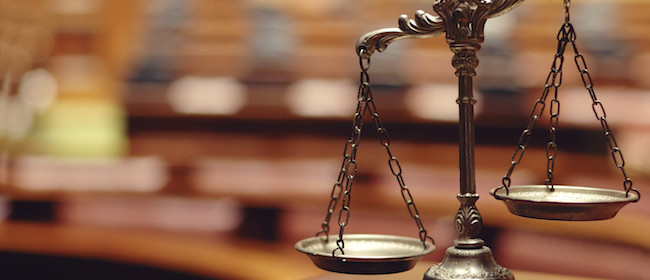 Keeping Perspective
Keeping Perspective
A key practice for attorneys and clients to use in litigation is to keep the perspective of how other people will view your case.
Here’s a hint: other people will spend only a fraction of the time that you do thinking about your case. That’s probably not a shock to you, but it’s easy to forget. This event is a big deal for you. You know the ins and outs of each meeting, e-mail, slight, performance review, and so on. Of course you do; you lived it. During litigation, it’s easy—for both attorney and client—not to see the forest for the trees. You’ll want to get everything into that brief. At trial, you’ll want the court and jury to hear from as many witnesses as possible.
But in litigation, there is such a thing as too much. Even a judge or jurors who are trying to do the right thing have a limited amount of attention for your case. (Let’s put aside those who are lazy and may give the case only a quick review, making snap judgments on the basis of a few facts or what the witnesses look like. Believe me, it happens.) And they will likely make up their minds quickly based on which person they think is the “bad guy” in the story. At trial, even complicated cases often come down to a few key witnesses and five or fewer exhibits.
I once had a case in which the employer got the court to exclude from evidence a document that we wanted to enter into the record. It was a good document, and we wanted to use it at trial. But it wasn’t a key document. My client was beside himself that the court excluded the document. He insisted that we file a motion to try to get the document back before the court. This was at the same time we were trying to get subpoenas out so that we could have witnesses at trial—clearly something of key importance. I spent far too much time on the phone with the client about this issue when we should have been tracking down witnesses. Eventually, in an attempt to get the document back into evidence, I filed a motion to reconsider—at considerable time and expense. The court granted the motion. At trial, we used the document. We won the case. Do you know how much that document ended up mattering? None. The judge indicated that in his opinion (this was a bench trial) he found it to be of no importance. All that time and energy for nothing.
At the summary judgment stage, the time constraints are even greater. I think there is a perception among some that federal judges are wise and all-knowing, and that they will spend hours poring over your filings, legal tomes spread out around them while they ponder justice. Not so much. Most (though not all) judges are diligent and hardworking. Your judge will do the best she can to do the right thing in your case. But she has limited time for any one case. If you are lucky, she will read the brief that you (or your attorney) submit and spend an hour or so considering it. Sometimes, though, particularly at the state level, judges won’t give a brief more than a cursory review. This isn’t because the judge is not interested. It’s because she has other cases to consider, trials going on, and administrative duties to handle. Even judges have to report to someone. It is for this reason that judges often complain to lawyers that they write too much and send the court too much paper. They want advocates to present the best argument in support of the case—not the best three. Even if the judge in your case is really paying attention, she will likely never know your case as well as you do.
So, keep the big picture of your case in mind. If you had five minutes to tell someone about your case, what would you say? If you were limited to three documents, which ones would you show them? It’s worth fighting to keep those in front of the court and jury. The rest? Don’t sweat it.
Focus on the highlights. Your best evidence will win the case. All the rest is a distraction.





